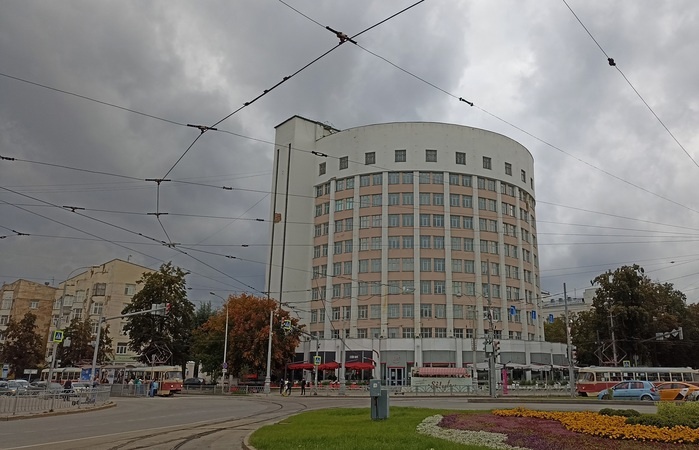Yekaterinburg: A City Where Concrete Dances with Avant-Garde
пятница 30 августа 2024, 13:27

|
____
|
In the 1920s and 1930s, at the dawn of the Soviet era, Yekaterinburg (then known as Sverdlovsk) became a platform for the realization of an architectural style that revolutionized the concept of urban space—Constructivism.
Functionality was paramount. Buildings resembled giant machines, created for life, work, and leisure. Strict lines, geometric shapes, minimal decoration—everything was subordinate to a single goal: to serve society, to create conditions for a new, better life. Factories-kitchens appeared, where food was prepared for workers, clubs where they could relax after a hard day, and communal houses where several families lived together.
One of the most famous projects was the “Urals Regional Council” housing complex – a city within a city where life was organized according to the principles of rationality and efficiency. In Yekaterinburg, there are buildings resembling ships, with balconies like decks, buildings with round windows that remind one of space stations, and true masterpieces like the White Tower and the Iset Hotel, which captivate with their laconicism and form.
But time is a merciless sculptor. Some of the Constructivist buildings did not withstand the test of time and are no longer there. Nevertheless, Yekaterinburg, despite its losses, is proud of its avant-garde past. Today, the city offers tours of Constructivist landmarks, opens museums dedicated to this era, and designers draw inspiration from the architectural masterpieces of the past.
At the UrFU Library, you can find Leonid Smirnov’s book, Constructivism in the Architectural Monuments of the Sverdlovsk Region. It has become a true guide to the collection of Sverdlovsk architectural avant-garde. It gathers material based on archival research and observations of unique residential, public, and industrial buildings built in the Middle Urals at the beginning of the 20th century. The book allows one to feel that the territory of Yekaterinburg is a kind of open-air museum of avant-garde architecture.
Author and translator: Olga Mukhina
|